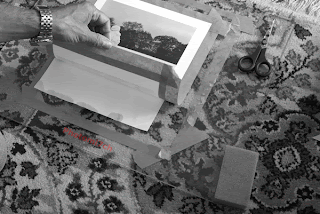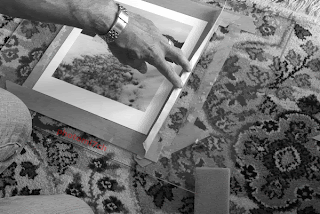 |
| One of the most popular over the counter acid stops. Made from citric acid with colour indicator. |
Stop is
the second part of the development process, but how many of us give it a second thought. Most of
us when we come to developing our first film tend to do what the manufacturers,
friends and teachers suggest without delving into what the relationship is
between these elements in the process. There is nothing wrong with this
approach we are all eager to get on and see those all important first images.
With success, we continue settling in to a way of doing things that produce
good results. It's not until we start printing that some faults with the negatives
rear their heads. Dust and hair marks being the most common but then there are
those odd black spots appearing in the skies here and there. This is when the
controversy about how we stop the development process comes to the fore.
There are
two main categories. The more aggressive with chemicals and the gentler water
stop. The later is not a stop and it is misleading to call it such. It dilutes the developer to the point where
it no longer has an affect on the emulsion this can and does lead to unevenly
developed negatives and I cannot understand why it is recommended (for film
only) other than to increase the longevity of the fix, a buffer or as a way of
creating a certain style to the negative.
 |
| Have been processed using a citric acid stop. |
I personally
prefer the more aggressive chemical route, when the stop go's in, the developer
is stopped in its tracks producing a clean crisp negative but you need to be
careful.
A popular
choice in the make up of developers is Sodium carbonate, an alkali. When this
comes into contact with an acid based stop it produces carbon dioxide gas that
leads to blistering of the more sensitive film emulsion,( not the case with
enlarging papers). It manifests its self as a pinhole in the denser areas of
the negative. There are ways around this by using developers
that are formulated from mild alkalis either balanced or borax which do not
produce the damaging over heating or gas when used with acid stops.
 |
| A reflection of St Pauls in London. Processed and printed using all Ilford products |










